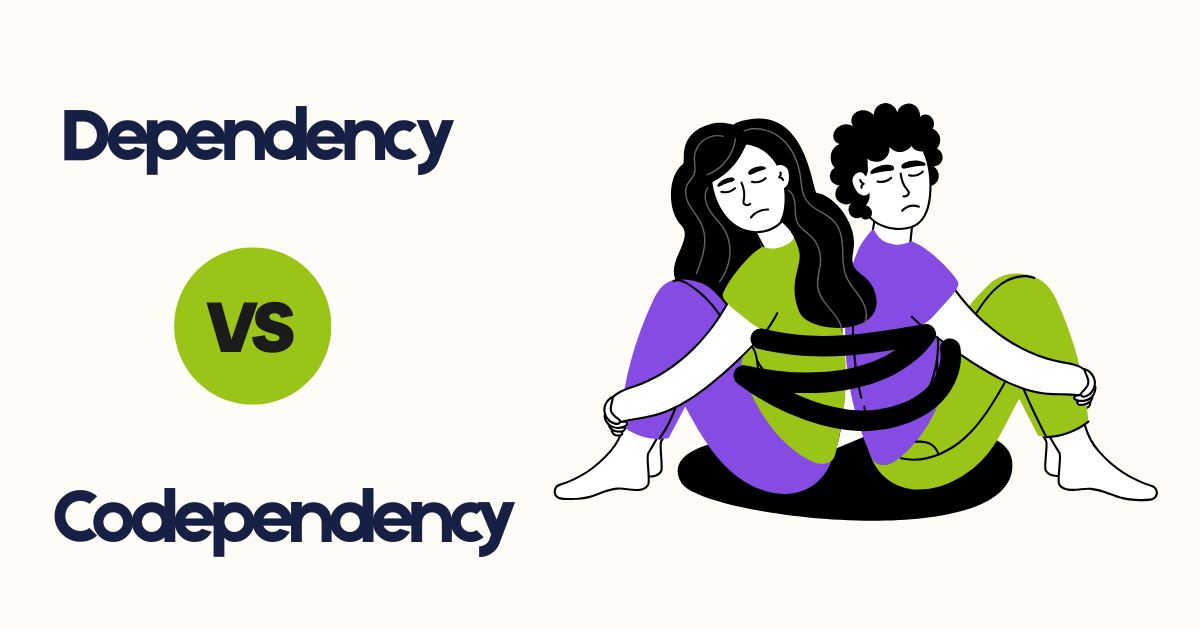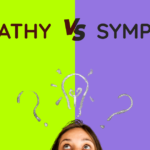It’s okay to need someone. Really.
Not in a clingy way. Not in a “you complete me” fairytale way. Just… in a raw, human way. In the “life feels lighter when you’re not carrying it alone” kind of way.
Somewhere along the line, needing others got rebranded as weakness. As if asking for help makes you less worthy. As if relying on someone makes you broken. But needing connection? That’s not dysfunction. That’s survival. That’s what we’re wired for.
We all crave to be seen. To feel safe. To be held in someone’s presence and know we don’t have to earn our spot there. And when that happens in balance, it’s beautiful. But sometimes… that need shifts. Quietly. It goes from connection to clinging. From support to self-erasure. From “us” to “just keeping them happy so they don’t leave.”
That shift? That’s what we’re here to talk about.
This isn’t a diagnosis. This isn’t shame. This is a soft place to land. A space to explore the difference between love that feeds you—and patterns that leave you starving.
You deserve relationships where you don’t have to shrink to stay.
What Is Healthy Dependency?
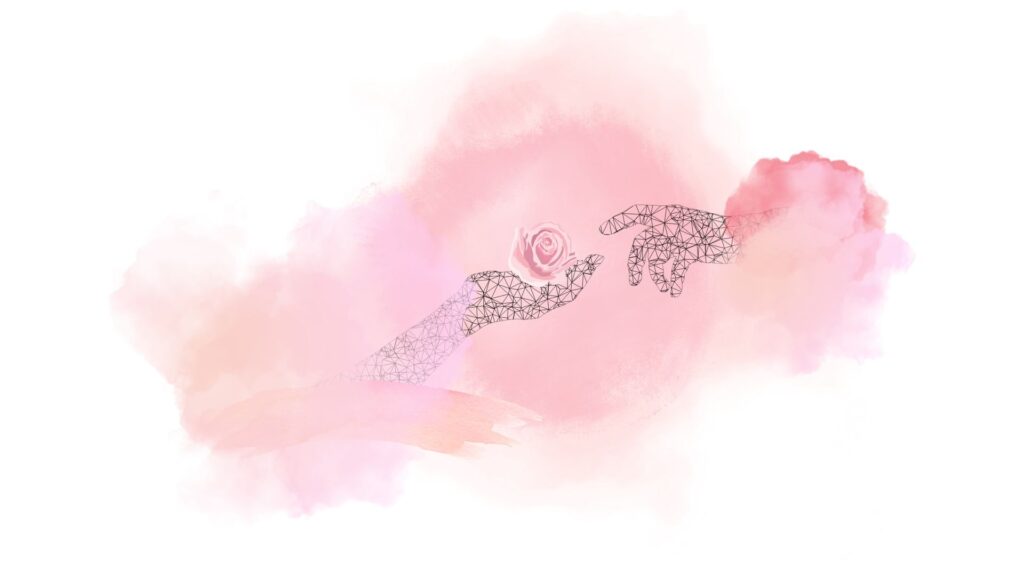
Let’s be honest depending on someone can feel scary. Like you’re asking too much. Like you’re putting too much of yourself in someone else’s hands. And maybe you’ve been taught to feel ashamed of that. To “be strong.” To handle everything alone.
But here’s the softer truth: Sometimes strength is saying, “I can’t do this by myself.” Sometimes it’s letting someone see the parts you usually hide. And letting them stay.
That’s what healthy dependency looks like. It’s not losing yourself. It’s being able to say, “I need you” without it meaning “I don’t know who I am without you.”
It’s the kind of relationship where you lean, but you don’t collapse. You give, but you’re not drained. You stay close, but you don’t disappear.
You still have your voice, your space, your identity. But now, you have a hand to hold too.
That’s interdependency. It’s not fear-based. It’s not clingy. It’s choosing each other—freely, gently, without erasing what makes you you.
You’re allowed to need people. You’re allowed to feel safe. You’re allowed to be held without falling apart.
What Is Codependency?
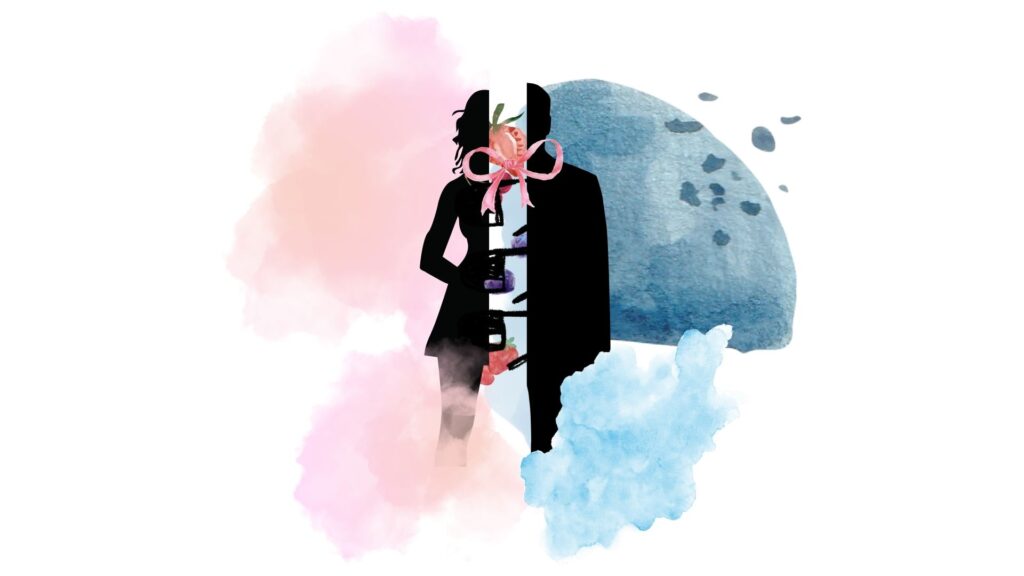
Codependency isn’t just about “caring too much.”
It’s a pattern often quiet, often unnoticed where someone starts to disappear inside the needs of someone else.
You want to help. You want to be there. You want to fix it, soften it, save them. But somewhere along the way, you stop asking what you need. You stop being a person in the relationship—and start becoming the glue holding it all together.
The term “codependency” originally came from the world of addiction recovery—used to describe the partner or loved one who became emotionally entangled in the other person’s struggle. But it didn’t stay there. Today, codependency shows up in all kinds of relationships—not just with addicts, but with partners, parents, friends, even coworkers.
It’s often marked by:
- A deep need to be needed
- An ongoing fear of abandonment or rejection
- Difficulty saying “no” or setting boundaries
- Feeling responsible for other people’s emotions, reactions, or healing
- Self-worth that rises and falls based on how others see you
If any of that feels familiar, please hear this:
It doesn’t mean you’re broken. It doesn’t mean you’re too much. It doesn’t mean you’re weak.
Often, codependency isn’t something you chose.
It’s something you learned maybe when love came with conditions, or when survival meant making sure everyone else was okay before you could be.
You were trying to feel safe.
You were trying to feel loved.
You were doing the best you could with what you knew.
And now, you’re allowed to do differently. Not because you were wrong
But because you finally know you deserve more.
Dependency vs. Codependency: Key Differences
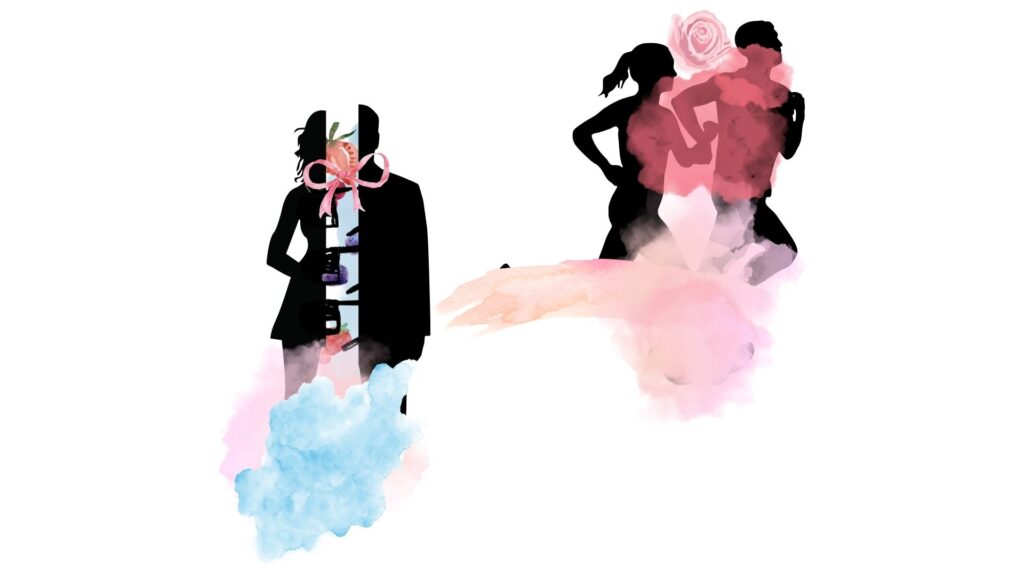
At this point, you might be wondering
“Okay, but how do I know which one I’m in?”
Because the truth is… both dependency and codependency can look similar on the surface. Both involve closeness. Both involve caring. Both involve needing someone.
But the difference?
It’s in how that need is held.
And in what it costs you to stay connected.
Healthy dependency feels like partnership.
Codependency feels like survival.
Here’s how they quietly diverge:
| Healthy Dependency | Codependency |
| I enjoy your support, but I still trust myself. | I don’t know who I am without you. |
| We help each other grow. | I shrink so you can stay. |
| I feel safe expressing my needs. | I stay quiet to avoid upsetting you. |
| I can say “no” without fear. | If I set a boundary, I feel guilty. |
| We’re two people, choosing each other daily. | I feel responsible for your happiness and terrified to lose you. |
See the difference?
it’s not that one cares and the other doesn’t.
The issue isn’t the presence of love it’s the absence of boundaries.
It’s when your identity becomes wrapped around keeping someone else okay.
It’s when your needs feel negotiable.
It’s when love feels like pressure instead of peace.
If you’re realizing you’ve leaned toward codependency it’s okay.
That awareness isn’t shameful. It’s powerful.
It means you’re noticing the parts of you that have been over-extending… and longing to come home to yourself.
You can love others without abandoning yourself.
You can stay close without disappearing.
Why Codependency Often Goes Unnoticed
Codependency doesn’t always show up waving red flags.
Sometimes… it looks like being the “good girl.” The one who never complains. The one who always shows up, even when she’s falling apart.
It’s so easy to miss because so much of it is praised.
Being selfless. Being needed. Holding the family together. Being the one who fixes, who sacrifices, who stays. Society calls it loyalty. Culture calls it duty. And somewhere along the way, you might’ve started calling it love.
But so often, it’s not love its survival.
And for many, it starts young.
When you grow up in a space where your needs were too much or always on hold… you learn to stay small. You learn to read moods before anyone speaks. You learn that love might leave if you don’t hold it together.
So, you over-function. You over-give. You overstay.
And it’s not because you’re clingy. Or dramatic. Or “too emotional.”
It’s because you were trying to feel safe in a world that didn’t feel safe to you.
You were coping.
You were adapting.
You were doing what you had to do.
And now you get to unlearn it, without shame.
How Codependency Affects Mental Health
Codependency doesn’t always scream. Sometimes, it just quietly wears you down. Like waking up already tired. Like wondering why you feel heavy all the time, even when things seem “fine.”
You might notice that your mind never rests—it’s always running: What do they need? Are they okay? Did I upset them? Your own feelings get pushed aside while you work overtime to manage someone else’s. And slowly, bit by bit, you start to disappear.
You say yes when you mean no. You smile when something inside you is aching. You care so deeply that it hurts, but asking for the same care in return? That feels selfish somehow. So, you stay quiet. You keep giving. You keep stretching. Until one day, you don’t recognize yourself in the mirror—not your eyes, not your voice, not the way you flinch at your own needs.
This is what codependency does. It convinces you that your worth is wrapped in how much you give. That love must be earned. That your needs come last. That if you just hold everything together, maybe you won’t be left behind.
But here’s what I want you to hear, softly but clearly: You matter—even when you’re not fixing everything. You are lovable, even when you’re not over-functioning. You don’t have to earn rest. You don’t have to earn love. You just are, and that’s enough.
If this touched something tender in you—pause. Breathe. Maybe today, let you be the one you care for first. You’re not too much. You’re not broken. You’re just tired of carrying things you were never meant to hold alone. And that’s where healing begins.
How to Shift from Codependency to Healthy Interdependency
There’s no rush. No finish line. No pressure to get it “right.”
Healing from codependency isn’t about becoming someone new.
It’s about remembering who you were before you felt like you had to earn love by disappearing.
And no, it doesn’t happen in big, bold steps.
It starts quietly. Softly. Often in the moments no one else sees.
1. Begin with Self-Awareness
It starts with noticing.
Noticing when your yes feels heavy.
When your silence feels like self-abandonment.
When you’re bending so far for someone else, you’re not sure how to stand back up.
You don’t need to fix it all at once. After all, there could be an age gap that is causing the codependency. Or there could be simply a lack of clear communication at your end.
Just begin by seeing it with kindness, not shame.
2. Set Gentle, Loving Boundaries
Not the cold, distant kind.
But the kind that says: “I love you… and I also love me.”
Saying no. Taking a pause. Letting others hold their own discomfort without rushing in to rescue them.
At first, it feels unnatural. Later, it feels like freedom.
3. Make Space for Your Own Needs
Your needs matter. You matter.
Ask yourself gently each day:
“What am I feeling?”
“What do I need?”
Even if the answer is just rest, quiet, or space to breathe. Respecting oneself is absolutely important.
4. Seek Safe Support
You don’t have to do this alone.
There are safe spaces. A therapist who listens. A friend who sees you.
A community that reminds you—you are not too much, and you never were.
Start Small. Start Now.
If it still feels scary, begin with just one moment:
- Say “I need a moment” instead of “I’m fine.”
- Ask, “Am I doing this out of love—or fear?”
- Remind yourself: “I’m allowed to exist without proving my worth.”
And above all…
Unlearning codependency isn’t selfish—it’s self-honoring.
You’re not walking away from love.
You’re walking toward a version of love that doesn’t cost you you.
You can begin gently.
You can begin now.
You’re already on your way.
So….
You were never too much. You just got used to loving in ways that hurt you. But now, you get to do it differently. This isn’t about being perfect—it’s about remembering that you’re allowed to have needs, allowed to take up space, allowed to be loved without losing yourself. Let this be your gentle beginning—the part where you come back to yourself, not all at once, but piece by piece. Boundary by boundary. Breath by breath. You don’t have to earn it. You don’t have to overgive. You only have to believe one thing: you’re already enough.
A passionate psychologist on a mission to make psychology insightful, relatable, and engaging! From mental health to human behavior, I break down complex ideas into thought-provoking reads for curious minds.

